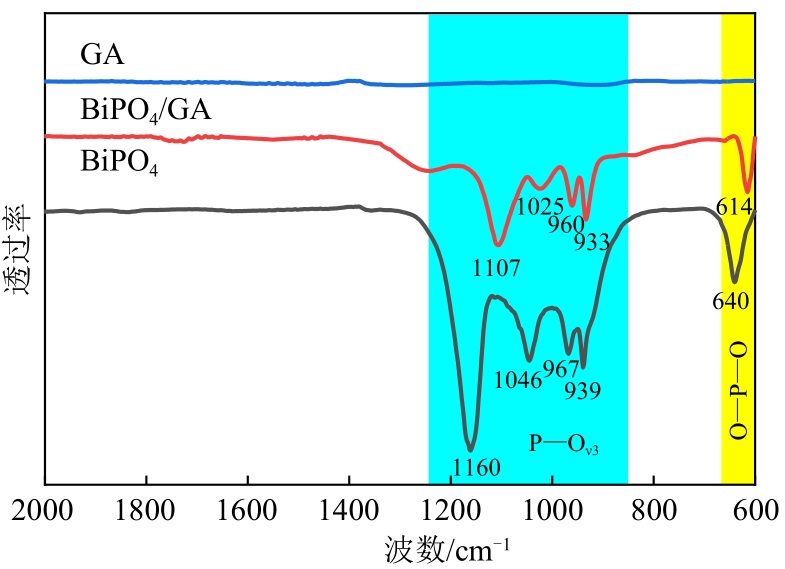| 1 |
MOLINA M J, ROWLAND F S. Stratospheric sink for chlorofluoromethanes: chlorine atom-catalysed destruction of ozone[J]. Nature, 1974, 249(5460): 810-812.
|
| 2 |
MOLINA M J, ROWLAND F S. Qzone depletion: 20 years after alarm[J]. Chemical & Engineering News, 1974, 72(33): 8-13.
|
| 3 |
史琳, 安青松, 戴晓业, 等. 论我国受控制冷剂销毁的紧迫性及潜在新技术开发的重要性[J]. 制冷与空调, 2021, 21(7): 61-66.
|
|
SHI Lin, AN Qingsong, DAI Xiaoye, et al. Discussion on the urgency of phase out refrigerants destruction work and the importance of new technology development[J]. Refrigeration and Air-conditioning, 2021, 21(7): 61-66.
|
| 4 |
张朝晖, 陈敬良, 高钰, 等. 《蒙特利尔议定书》基加利修正案对制冷空调行业的影响分析[J]. 制冷与空调, 2017, 17(1): 1-7, 15.
|
|
ZHANG Zhaohui, CHEN Jingliang, GAO Yu, et al. Analysis on theinfluence of Kigali Amendment to Montreal Protocol to refrigeration and air-conditioning industry[J]. Refrigeration and Air-Conditioning, 2017, 17(1): 1-7, 15.
|
| 5 |
OHM T I, CHAE J S, ZHANG Meng yu, et al. Effect of burner types and steam injection methods on thermal destruction of waste refrigerants (HFC-134a)[J]. Process Safety and Environmental Protection, 2019, 121: 62-68.
|
| 6 |
TARALUNGA M, MIJOIN J, MAGNOUX P. Catalytic destruction of chlorinated POPs—Catalytic oxidation of chlorobenzene over PtHFAU catalysts[J]. Applied Catalysis B: Environmental, 2005, 60(3/4): 163-171.
|
| 7 |
ZHANG Kai, WANG Jun, JIANG Wenjun, et al. Self-assembled perylene diimide based supramolecular heterojunction with Bi2WO6 for efficient visible-light-driven photocatalysis[J]. Applied Catalysis B: Environmental, 2018, 232: 175-181.
|
| 8 |
WANG Yajun, QIANG Zengshou, ZHU Wei, et al. BiPO4 nanorod/graphene composite heterojunctions for photocatalytic degradation of tetracycline hydrochloride[J]. ACS Applied Nano Materials, 2021, 4(9): 8680-8689.
|
| 9 |
WEI Zhen, LIU Yanfang, WANG Jun, et al. Controlled synthesis of a highly dispersed BiPO4 photocatalyst with surface oxygen vacancies[J]. Nanoscale, 2015, 7(33): 13943-13950.
|
| 10 |
KOUTAVARAPU R, TAMTAM M R, MYLA C R, et al. Enhanced solar-light-driven photocatalytic properties of novel Z-scheme binary BiPO4 nanorods anchored onto NiFe2O4 nanoplates: Efficient removal of toxic organic pollutants[J]. Journal of Environmental Sciences, 2021, 102: 326-340.
|
| 11 |
ZHU Xin, WANG Yuting, GUO Yang, et al. Environmental-friendly synthesis of heterojunction photocatalysts g-C3N4/BiPO4 with enhanced photocatalytic performance[J]. Applied Surface Science, 2021, 544: 148872.
|
| 12 |
ZHAO Xiaohan, WANG Xiaohong, SUN Zhuo, et al. Efficient visible-light photocatalytic performance of CdS/BiPO4 nanoparticles fabricated by solvothermal method[J]. Optik, 2020, 208: 164543.
|
| 13 |
WANG Yajun, WANG Fengmei, HE Jun. Controlled fabrication and photocatalytic properties of a three-dimensional ZnO nanowire/reduced graphene oxide/CdS heterostructure on carbon cloth[J]. Nanoscale, 2013, 5(22): 11291-11297.
|
| 14 |
KUMAR S, KARFA P, MAJHI K C, et al. Photocatalytic, fluorescent BiPO4@Graphene oxide based magnetic molecularly imprinted polymer for detection, removal and degradation of ciprofloxacin[J]. Materials Science and Engineering: C, 2020, 111: 110777.
|
| 15 |
唐诗卉, 姚文清, 谭瑞琴. 氧化石墨烯氧化程度对磷酸铋/石墨烯复合气凝胶光催化活性的影响[J]. 环境化学, 2019, 38(7): 1656-1665.
|
|
TANG Shihui, YAO Wenqing, TAN Ruiqin. Effect of oxidation degree of graphene oxide on photocatalytic activity of bismuth phosphate/graphene composite aerogel[J]. Environmental Chemistry, 2019, 38(7): 1656-1665.
|
 ), LI Runhua1, QIANG Zengshou1, WANG Yajun1(
), LI Runhua1, QIANG Zengshou1, WANG Yajun1( ), YAO Wenqing2(
), YAO Wenqing2( )
)
 ), 李闰华1, 强增寿1, 王雅君1(
), 李闰华1, 强增寿1, 王雅君1( ), 姚文清2(
), 姚文清2( )
)





